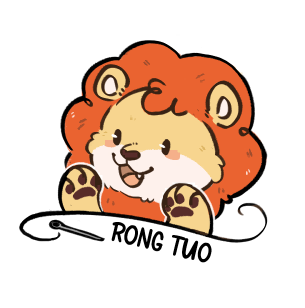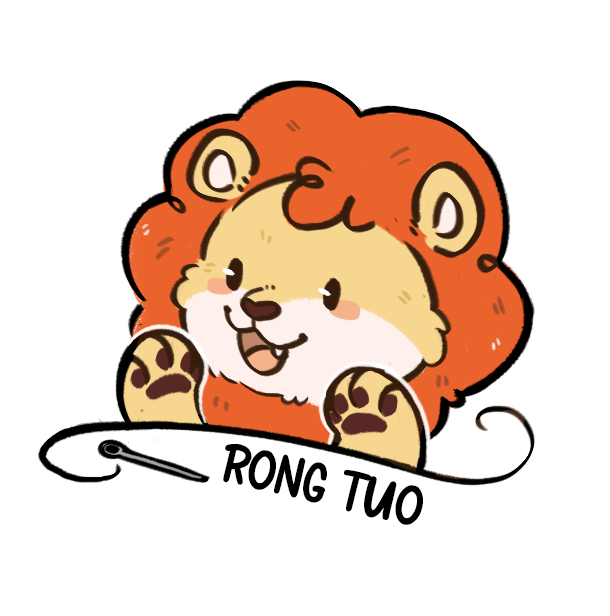Choosing the Right Size for Your Custom Plush Blanket
Standard vs. Oversized Dimensions
It is important to know the difference between standard and oversized dimensions when choosing a custom plush blanket. Generally, a throw blanket is 50x60 inches and is ideal for a single user while sitting or lying down. The large plush blankets, however, can be as wide as 60x80 inches or more, which allows for more people to use them. This larger size is especially useful in group environments, for draping over pieces of larger furniture and to enhance all round effect. The dimensions of the blanket will also determine how well it fits different kinds of users; small blankets are typically considered best for children, whereas extra-large blankets are designed for adults who will appreciate the extra coverage that these products provide, making them extra comfortable and user friendly.
Balancing Portability and Comfort
Portability versus comfort is a big factor in selecting plush blankets. Few heavier, luxurious blankets really nail the cozy indoor vibe. But they can be bulky for outdoorsy trips such as camping or travelling. On the flip side, lighter weight plush portable blankets are easier to manipulate and travel with, but they might not deliver as much insulation as their heavier competitors. And if many people appreciate choices, one might selectively choose a lighter blanket one to take when hiking and a more amply insulated one for use at home. Many of these choices are based on preferences and for various use cases.
Fabric Selection: Key Considerations
Hypoallergenic Materials for Sensitive Skin
For babies with sensitive skin, including babies with eczema, it can also help prevent allergies. These cloth are constructed in such a way as to make them less likely to cause irritation or allergies on the skin. The most popular hypoallergenic fabrics are microfiber and Pima cotton and for good reason. Microfiber feels silky and is also durable, so is generally to not prone allergens. At the same time, Pima cotton has long fibers, which contribute to it being soft and strong and soft on your skin. Studies have shown that hypo-allergenic fabrics can be very soothing to the skin. When selecting materials for our plush blankets, we go with the best to provide a secure, reliable experience for all, especially the most sensitive of skin.
Durability of Plush Fleece vs. Sherpa
What About Durability?managedType: plush fleece and sherpa fabrics all provide great characteristics. Plush fleece is also a popular choice for warm, cuddly blankets. It's durable when a person kneads on it, as is evidenced in wear-and-tear data, but even more so if a person washes the pad repeatedly. In contrast, Sherpa is quite soft and warm, mimicking wool. Although the ultra plush fleece holds up well over the long haul, the Sherpa is just a bit suppler, and may not last quite as long if used daily. The value of custom plush blankets in the long run inevitably rides on its durability, especially for individuals who use them all the time, be it for warmth or for display. Choosing fabrics with some staying power means that the plush blanket in question will still be soft and cozy after the first night it is ever snuggled up in.
Design Personalization Techniques
Embroidery Styles for Custom Plush Animals
Plush animals can be easily personalized with embroidery. Michty me, these much loved toys are almost always covered in the cutest of little details and names, often in the form of the satin stitch. It is very important to select a type and color of thread in regards to eye appeal. By way of example, shiny threads introduce a little bit of sparkle into your piece while more understated effects are introduced by threads with a matte finish. Bestselling styles such as names, birthdates, or favorite character imagery tend to summon feelings of happiness and nostalgia, and there are plenty of radiant customer reviews to prove it. One customer, for instance, raved about a sewn-on name she ordered for a stuffed bear, which she claimed completely captured her child's personality, indicating the emotional connection these personal touches can establish.
Color Schemes and Pattern Alignment
The color rotation and pattern alignment : The color change of the floss will certainly affect the custom plush used up of plush toy. Color psychology can help consumers decide, like opting for blue if they want to be soothed, or for bright colors if they’re more interested in feeling joy. Ways to help design to stand out is to choose colors that go well together with something like the color wheel to add harmony to the design. Combining cool and warm can lend balance to visuals, however. Examples of images A visually appealing image only (PAWS: A cute dog) A well-balanced image (PAWS+: Image cats+ the same number of paws like dogs+the same color) show success of personalized customization. These insightful pairings result in a film that is not only beautiful to look at, but also to feel.
Safety and Quality Assurance
Certifications for Child-Safe Materials
Standards such as the Consumer Product Safety Improvement Act (CPSIA) are crucial for the safety of plush toys and other children products. These certifications set the standard for restrictions on lead and phthalates as well as no harmful chemicals. Accepted certificates for children's safe materials are ASTM F963 for toys and EN71 What's the difference between them? These certifications entail stringent testing standards which can save against risks like choking hazards and toxic exposure. The numbers in product recalls frequently point to those without such certifications and underscore the importance of these protocols on the safety of consumers. As an example, the U.S. Consumer Product Safety Commission has stated that products that do not have these safety credentials are often taken off the market as they are not safety compliant. Making sure that plush toys have these certifications is a first step to protecting children from potential harm.
Eco-Friendly Manufacturing Processes
Environmentally friendly manufacturing processes are currently a key issue among textile manufacturers globally to minimize the ecological impact of the traditional process. Sustainable features consist of low water consumption, use of non-toxic dyes and an investment in renewable energy. Companies such as Patagonia and Adidas have provided great examples and even case studies on the benefits of producing environmentally friendly garments. The shift is also corroborated by industry numbers, which show a dramatic increase in consumer appetite for green products. Renewable products grew at a four-fold faster pace than conventional products, according to a report by global management consultancy Bain & Company. This is a major sign that the demand for green products is not just growing, but that it’s sticking around as well. With growing consumer concern for the environment, this inclusion of 'green' manufacturing is likely to be an increasingly-important part of product development and marketing approaches.
Post-Customization Care Tips
Washing Methods to Preserve Texture
Special care should be taken when machine washing your soft blankets in order to keep them cuddly and warm. Begin with the cold wash cycle, which can preserve your fabric fibers and in turn prevent shrinkage and wear. Air-drying is another tip to prevent heat-harming dryers from making modifications to your blanket's texture. Explore the detachability idea and the use of a sponge (and detergent but now you need to be careful to use a really soft, not-in-the-least bit abrasive detergent). Fabric softeners can also help, as long as you use only as much as necessary to leave no residue. Be careful not to complete the most typical washing and drying mistakes like using high heat, or stretching the machine’s cycle too far; this can lead to irreversible harm—particularly with dissimilar materials.
Storage Solutions for Mini Plush Toys
Good storage products can keep mini plush animals in a good condition. Breathable bags are the best as dust is built up, and there is less air circulation, which will make toys go bad. Also try some space-saving alternatives like stackable-containing bins or drawers, which supply order without squishing or damaging the toys. A good storage tip is cleaning your plush toys before packing them up: experts recommend a soft laundering to remove dirt, as it increases their longevity. Neatly stored toys stay protected in an organized toy trunk but are still easy to access.
FAQ Section
What are the common dimensions for plush blankets?
Standard plush blankets are generally 50x60 inches, while oversized ones can be 60x80 inches or larger.
How can I choose a hypoallergenic fabric for my blanket?
Look for materials like microfiber and Pima cotton, which are smooth, resilient, and less likely to harbor allergens.
Why are certifications important for plush products?
Certifications ensure the product meets safety standards, particularly for children's products, by enforcing limits on harmful chemicals and toxicity tests.
How should plush toys be stored to prolong their lifespan?
Plush toys should be stored in breathable bags and cleaned before storage to maintain freshness and cleanliness.


